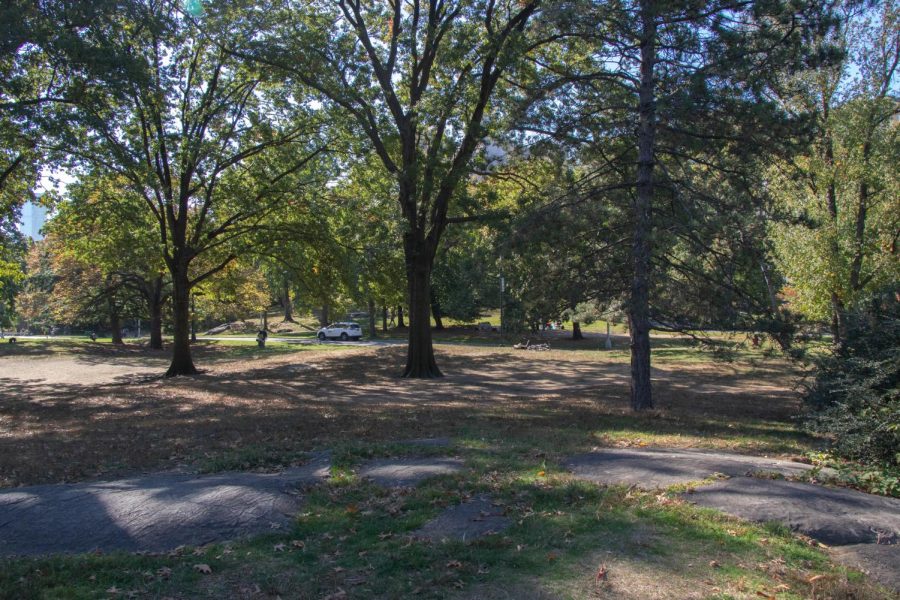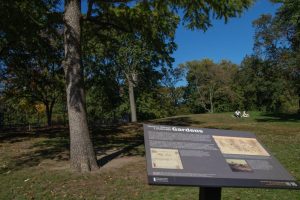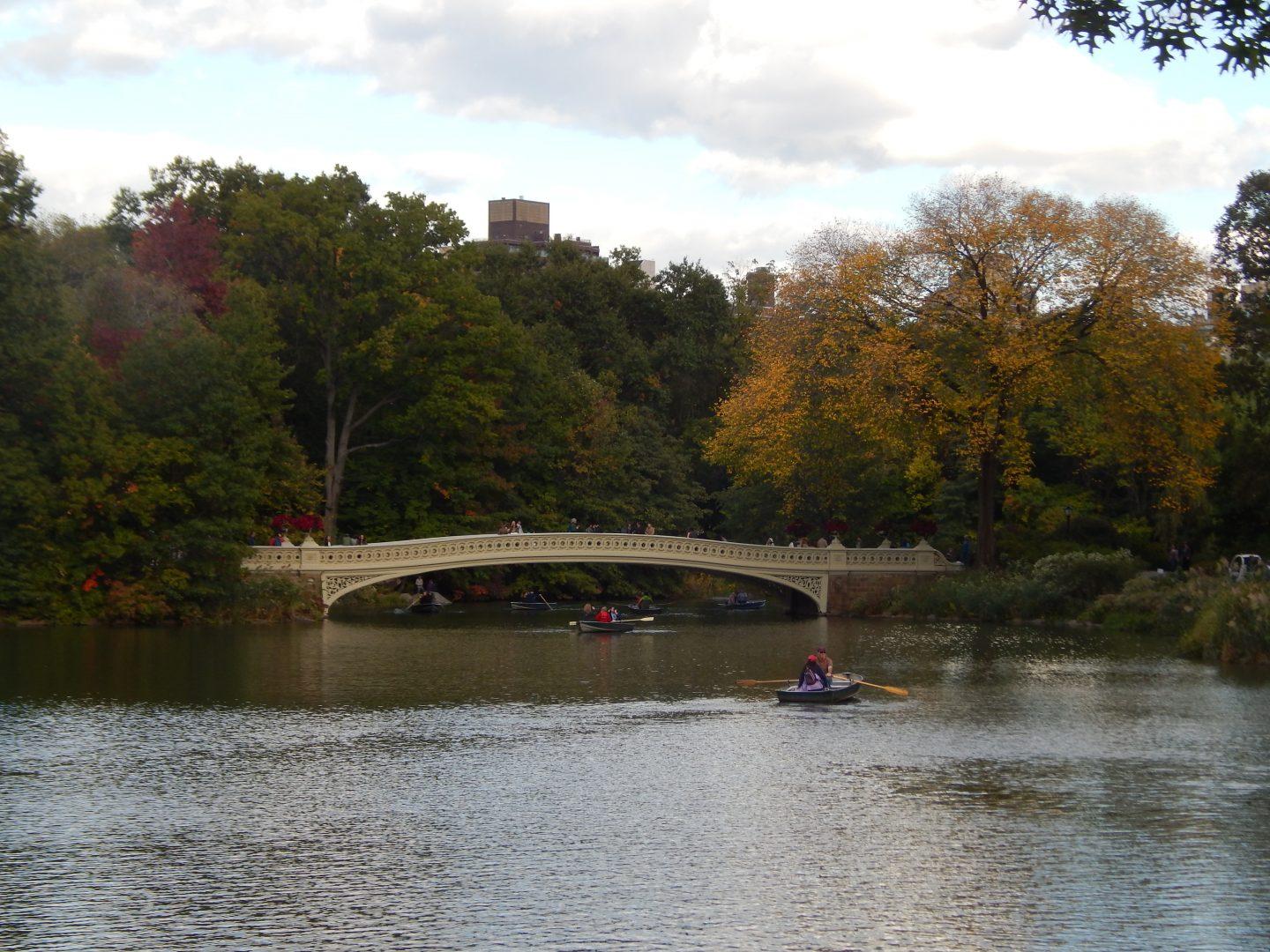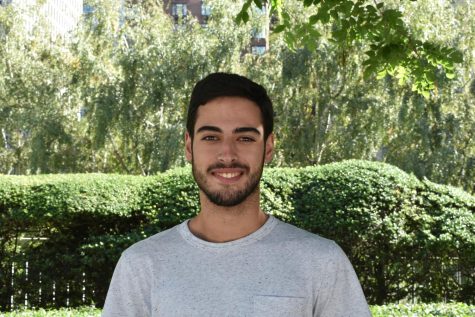Seneca Village: A Forgotten Story
The settlement is part of Central Park’s hidden history, and a community of Black Americans was displaced when it was destroyed
This field was once occupied by the flourishing Seneca Village community where Black Americans owned homes and were able to escape the harsh treatment they faced in everyday life.
October 27, 2022
Prior to the establishment of Central Park, a small, thriving community of Black Americans and Irish immigrants located alongside what is now West 82nd and West 89th Street. Known as Seneca Village, the settlement prospered for 32 years before it was destroyed by the city to create Central Park in 1857.
The racial dynamics during the early 1800s in New York impacted the nature of this community and its culture. According to the Central Park Conservancy, a private nonprofit organization that preserves and manages Central Park, white slave owners in New York benefited from the slave labor that existed in the South as well as the Caribbean.
Slave conditions were laborious and harsh. Many households had two or more slaves in cramped living spaces. In addition, slave owners often sold young mothers to avoid accommodating for children. Both of these factors made it difficult to maintain a familial unit.
During the American Revolution, male slaves in New York were offered legal freedom for the first time. In 1775, over 10,000 slaves fled to New York City after British General Henry Clinton granted freedom to those who ran away from their rebel slave owners. By 1810, 26 years after the revolution ended, the number of freed Black New Yorkers outnumbered the enslaved ones by nearly three to one.
Efforts by freed Black Americans led to the abolition of slavery in New York in 1827, despite the state’s efforts to maintain slavery. The group of freedmen, with help from the Manumission Society, an abolitionist organization founded by John Jay, a former New York governor, led the fight to abolish slavery in the state.
At the same time that slaves were freed in 1827, the voting requirements changed. Previously any free man could vote, but after slavery ended in New York, it changed to be any man who “owned substantial property,” according to historical society of the New York courts. Black men also had to own $250 in property for three years before they were able to vote.
The inhabitants of Seneca Village carried a special privilege compared to other Black communities in New York: Because half of them owned their homes, they were allowed to vote.
The Seneca Village community was created in 1825 when Andrew Williams, a 25-year-old Black man, used $120 to buy the first three lots; Epiphany Davis, a store clerk, bought 12; and the African Methodist Episcopal Zion Church bought six. The remaining lots were sold to other Black people and a few Irish Immigrants, allowing a total of ten homes to be built.
Seneca Village was a flourishing community that served as an escape from the harsh treatment that Black people endured in Manhattan. The community was home to gardens, farm animals and allowed fishing in the Hudson River. By the 1850s, the community had 50 homes with about 225 residents, a school for African American youth, churches and graveyards.
The inhabitants of Seneca Village carried a special privilege compared to other Black communities in New York: Because half of them owned their homes, they were allowed to vote. Of the 100 Black voters eligible to vote in 1845, 10 lived in Seneca Village.
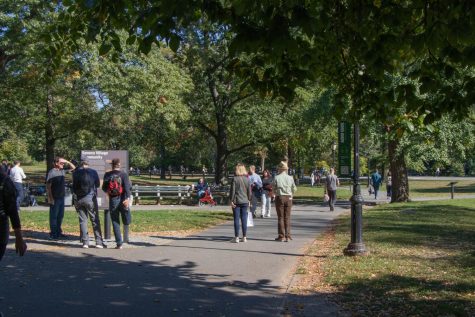
In an effort to counteract pollution and unhealthy conditions associated with urban living, city officials decided to construct a large municipal park in central Manhattan in the early 1850s. To acquire the land for the park, the city used eminent domain, a legal principle under the fifth amendment of the U.S. Constitution that states that the government can take private land for public use if given proper compensation to the land owner. As a result, approximately 1,600 people were displaced and made to leave by the end of 1857, including those who lived in Seneca Village.
After the displacement, historians believe the Seneca Village inhabitants went to other Black communities in the area. While those who owned property were compensated, some historians believe their compensation wasn’t equal to the actual property value.
When construction of the park began in 1858, the city left no trace of Seneca Village — homes and buildings were destroyed, and existing graves were dug up and moved to a cemetery in Queens.
Until authors Roy Rosenzweig and Elizabeth Blackmar published their book “The Park and The People: A History of Central Park,” in 1992, little was known about Seneca Village. The New York Historical Society soon created an exhibition on the village’s history. As a result, Seneca Village’s history was incorporated into a curriculum that was to be taught in schools around the city.
An outdoor exhibition created by the Central Park Conservancy highlights important historic buildings and provides deeper insight into the life and death of Seneca Village. Although the community existed for only three decades, Seneca Village was a cradle for the rights and upward social and economic mobility of emancipated Black Americans and new immigrants.

